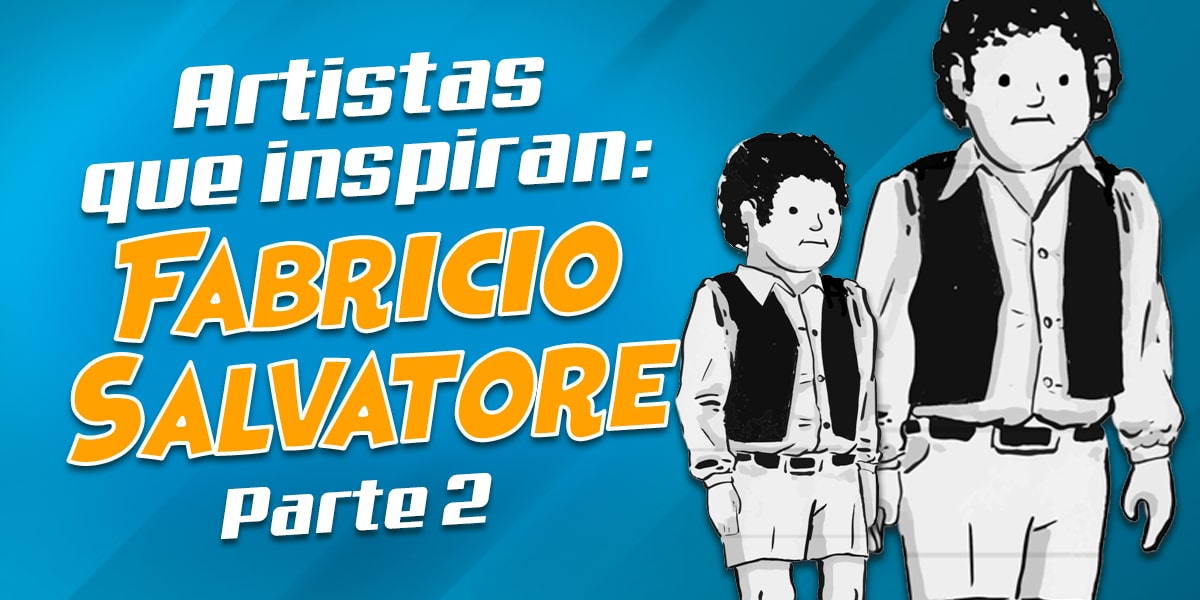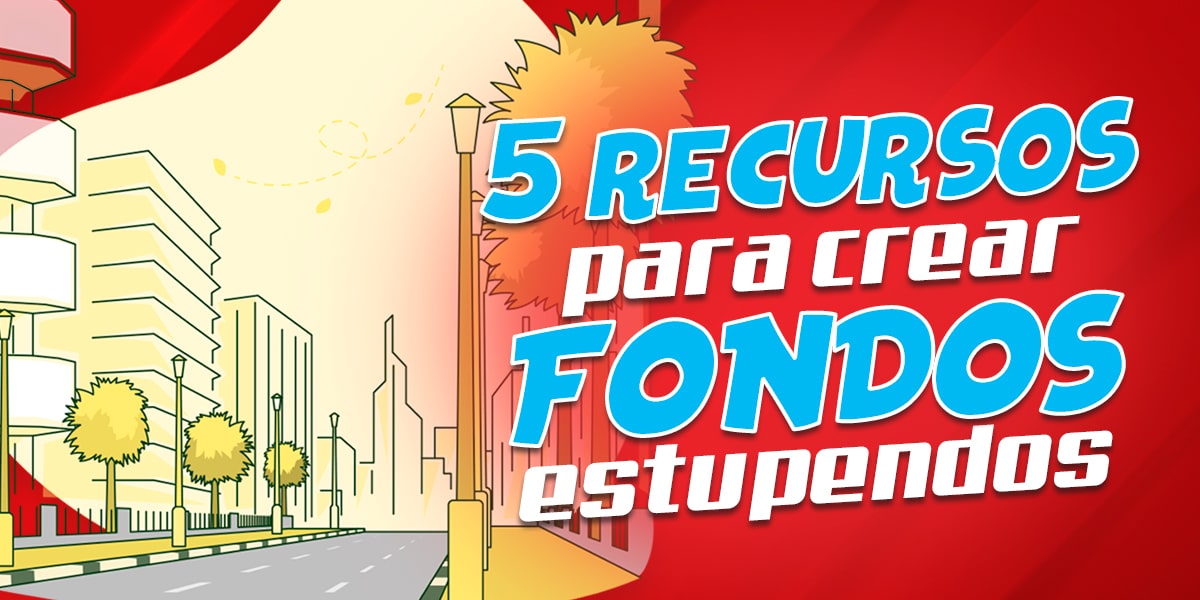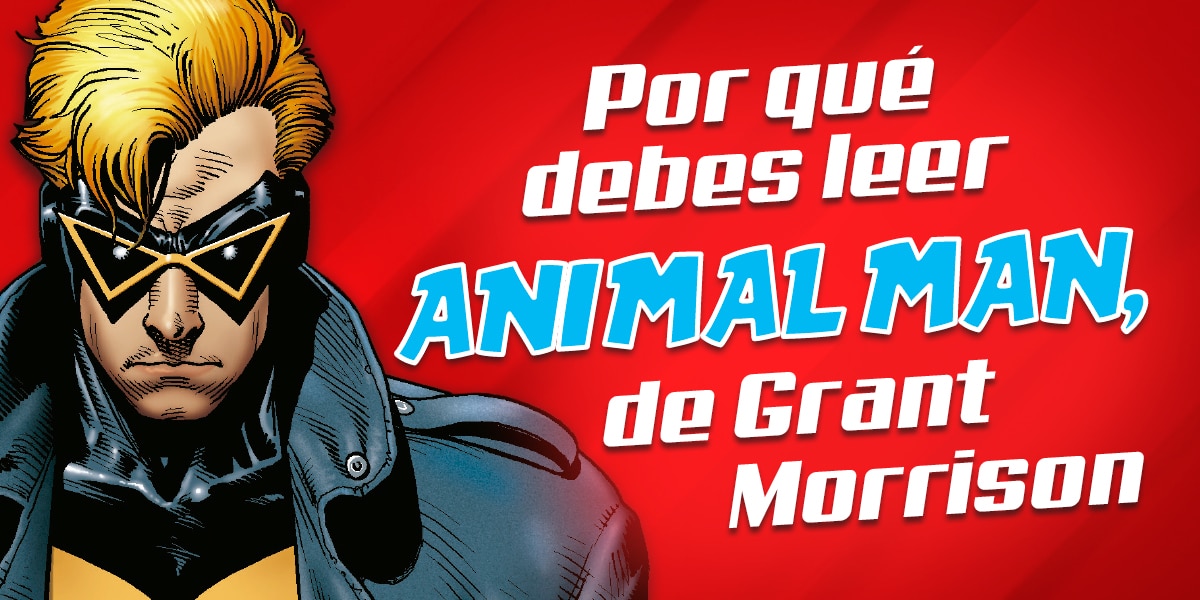Entrevista a Fabricio Salvatore (Parte 2): Secretos, Técnicas y Recomendaciones de un Joven Maestro del Cómic
¿Alguna vez te has preguntado cómo es el proceso creativo detrás de una novela gráfica? ¿Qué pasa por la mente de un artista cuando se enfrenta a un proyecto de tal magnitud? En esta segunda parte de nuestra entrevista exclusiva con Fabricio Salvatore, un prodigio del cómic de solo 24 años, nos sumergiremos en los entresijos de su proceso creativo, sus inspiraciones y los desafíos que enfrentó al crear su primera novela gráfica. Prepárate para descubrir los secretos del oficio, las herramientas preferidas de Fabricio y una lista de lecturas imprescindibles que todo amante del cómic debería conocer. ¡Acompáñanos en este viaje fascinante al corazón de la creación artística!
Por Chuky Rossi
El Desafío de lo Épico: Creando una Novela Gráfica de 120 Páginas
Cuando le preguntamos a Fabricio sobre su experiencia al crear una historieta tan extensa por primera vez, su respuesta nos sorprendió. Lo que comenzó como un desafío a su mentor, Manuel Loza, se convirtió en una odisea creativa de proporciones épicas.
“El primer consejo que él me dio es ‘no hagas una historieta de 200 páginas porque te vas a terminar cansando, te vas a terminar aburriendo y la vas a terminar dejando por la mitad’. Sabio consejo”, nos cuenta Fabricio con una sonrisa pícara. “Yo, medio no creyendo, dije ‘Ah, ¿sí? Bueno’ y para demostrarle lo contrario, hice una historieta de 120 páginas.”
Este acto de rebeldía creativa no solo resultó en su primera novela gráfica, “Kaspar Hauser”, sino que también se convirtió en un viaje de autodescubrimiento. Fabricio describe el proceso como “muy terapéutico”, revelando cómo cada página se convirtió en un marcador de tiempo en su vida.
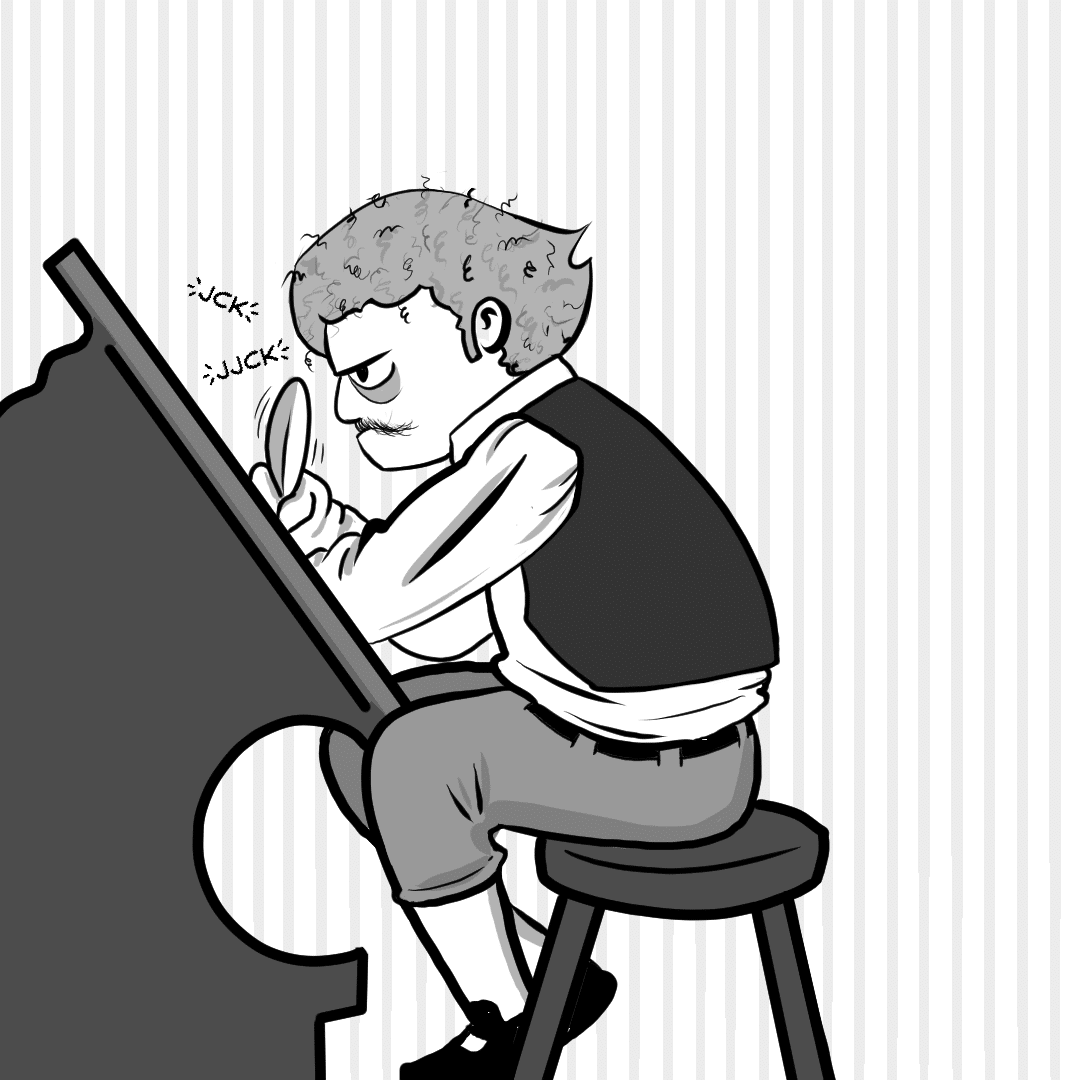
“La dibujaba en cualquier momento que podía. Si podía dibujar en mi cuarto dibujaba en mi cuarto, si podía en el aula lo hacía allí. Una vez que me invitaron a una fiesta y yo tenía que terminar un deadline personal, fui al evento con la página y la dibujé y terminé ahí”, recuerda Fabricio. Esta dedicación inquebrantable es un testimonio de la pasión que impulsa a los verdaderos artistas.
La creación de “Kaspar Hauser” se extendió por tres años, un período durante el cual Fabricio experimentó un crecimiento personal significativo. “Hay páginas que las veo y me acuerdo en qué momento de mi vida estaba y hasta en qué lugar geográfico hice esa historieta”, reflexiona. Esta conexión íntima entre el artista y su obra es lo que da vida y profundidad a las historias que crea.
Para aquellos que sueñan con embarcarse en su propia aventura creativa, Fabricio tiene un mensaje inspirador: “Hay una cuestión muy terapéutica en hacer un trabajo que te tome dos o tres años, porque en tres años, cambias mucho como persona”. ¿Quieres dar el salto y comenzar tu propio proyecto épico? Descubre cómo aquí.
El Arsenal del Artista: Herramientas y Técnicas de un Maestro en Ciernes
Cuando se trata de las herramientas de su oficio, Fabricio adoptó un enfoque decididamente tradicional para “Kaspar Hauser”. “Hice todo lo más analógico posible”, explica, “porque uno de los objetivos de esta historieta fue justamente aprender a hacerla”.
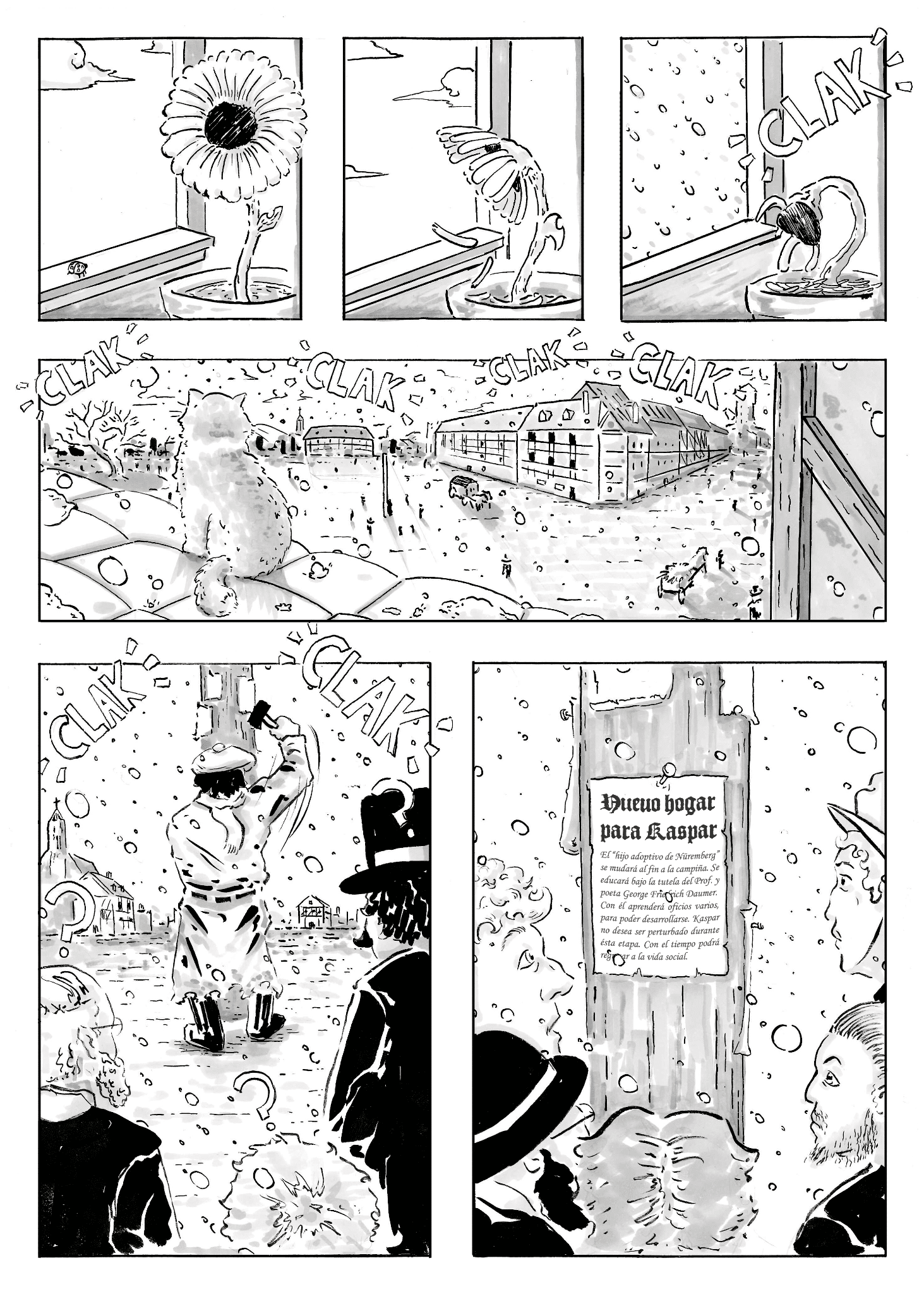
Su proceso creativo involucró métodos clásicos: tablero, boceto a lápiz y pasado a tinta. Sin embargo, Fabricio no temió experimentar, utilizando rotuladores para el sombreado. Aunque advierte sobre los desafíos de usar estos instrumentos en proyectos extensos: “Son geniales, pero no los volvería a usar y no los recomiendo para un trabajo de tanta extensión, porque se terminan gastando y lo puedes recargar, pero nunca vuelve a tener la misma soltura”.
Esta experiencia llevó a Fabricio a adaptar su enfoque, combinando técnicas tradicionales con herramientas digitales. “Dibujo y sombreado en tinta y rotulador. Después, limpieza, pulido y corrección de errores lo hice con Photoshop y con ClipStudioPaint”, explica. “Por último, el texto y los globos de diálogo, fueron hechos totalmente en digital”.
La lección aquí es clara: la flexibilidad y la disposición para adaptar tus métodos son cruciales en el mundo del arte. Haz clic aquí para explorar técnicas que pueden revolucionar tu proceso creativo.
Maestros del Oficio: Los Referentes que Inspiran a Fabricio
Todo gran artista tiene sus musas, y Fabricio no es la excepción. Cuando le preguntamos sobre sus referentes, tres nombres surgieron inmediatamente: Minaverry, Manuel Loza y Mariano Taibo.
Sobre Minaverry, Fabricio comenta: “Él hace mucho de lo que yo quería hacer. Ve a la historieta como un medio para poder contar historias fuertes y significativas y no tanto como revistas para leer mientras vas al baño”. Esta visión elevada del cómic como medio de expresión artística y social resuena profundamente con la filosofía de Fabricio.
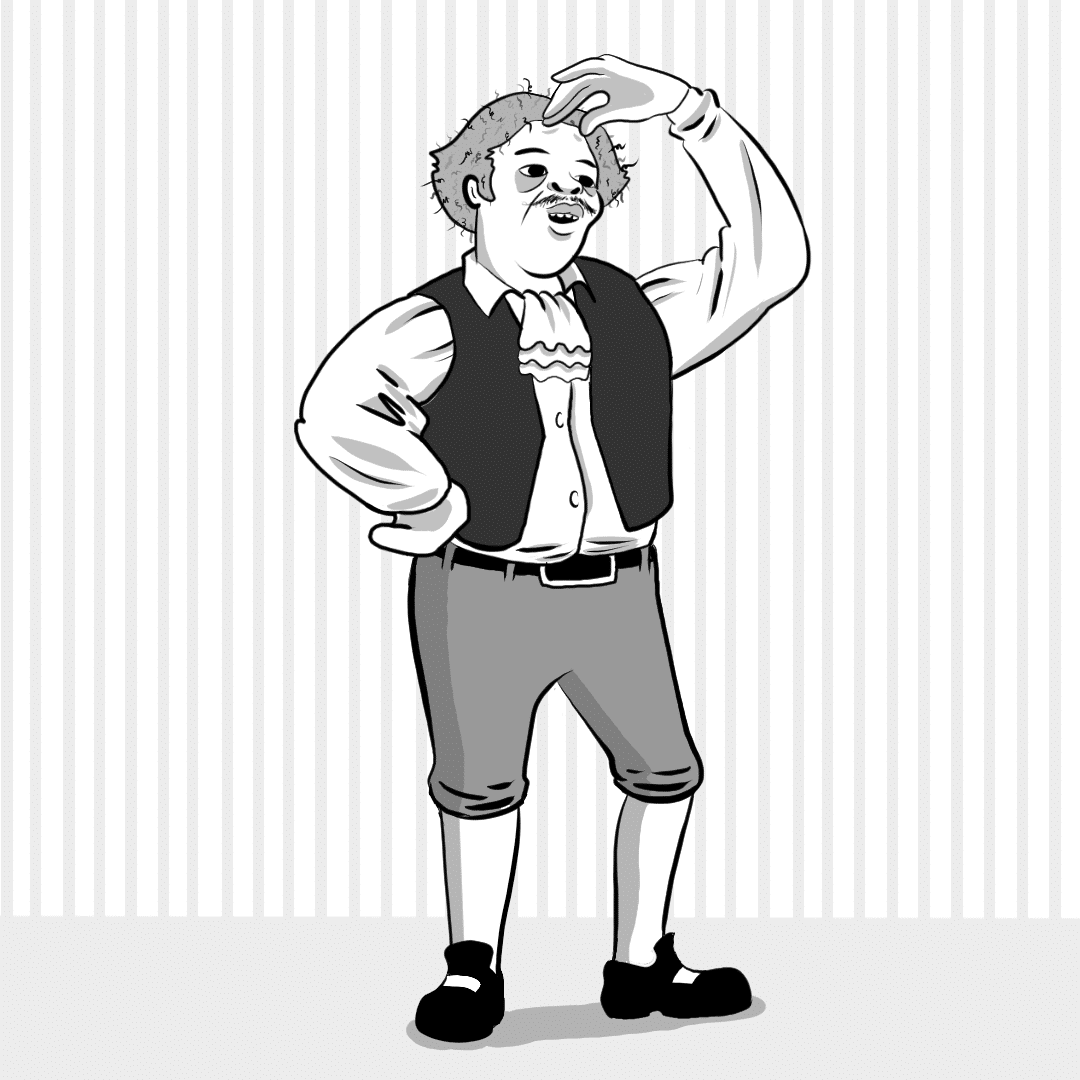
Manuel Loza, a quien Fabricio se refiere cariñosamente como su “sensei”, juega un papel crucial en su desarrollo no solo como artista, sino como ser humano. “Manuel me enseñó a ser un buen ser humano, que creo que es más importante aún que ser un buen artista”, reflexiona Fabricio. Esta lección sobre la importancia de la comunidad y la colaboración en el mundo del arte es invaluable.
Por último, Mariano Taibo es admirado por Fabricio por su “expresión, una línea y una violencia muy humana” en sus historias. Esta capacidad de capturar la esencia de la condición humana en el arte es algo que Fabricio aspira a emular en su propio trabajo.
La influencia de estos artistas se refleja en la obra de Fabricio, demostrando cómo el aprendizaje y la inspiración de los maestros pueden moldear la voz única de un artista emergente. ¿Listo para encontrar tu propia voz artística? Descubre cómo aquí.
Lecturas Imprescindibles: Las Historietas que Han Marcado a Fabricio
Para todo artista, la inspiración a menudo proviene de las obras que han dejado una impresión duradera en su mente y corazón. Fabricio comparte con nosotros las historietas que lo han fascinado y que considera lecturas esenciales para cualquier aspirante a creador de cómics.
“De Minaverry, Dora”, comienza Fabricio. “Creo que, dentro de algunos años, vamos a empezar a pensar en Dora como la gran historieta argentina de principios del siglo XXI”. Esta predicción audaz subraya el impacto que Minaverry ha tenido en la escena del cómic argentino y en la propia visión artística de Fabricio.
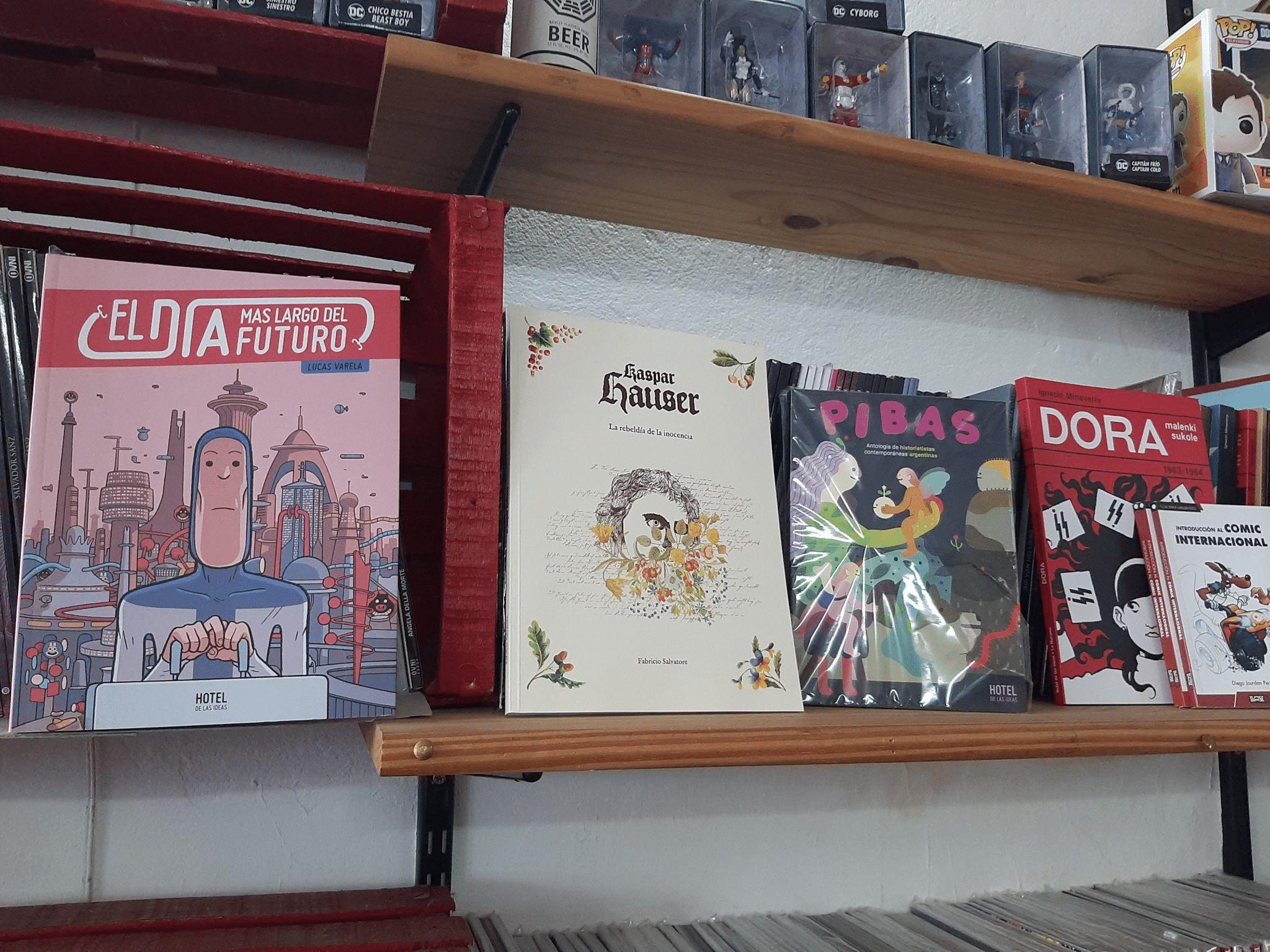
De su mentor, Manuel Loza, Fabricio recomienda “Almer”. Describe la obra como “Muchas historias separadas, de un mismo personaje, que enganchan la fantasía medieval y la política, de una forma muy bella”. Esta fusión de géneros y temas demuestra la versatilidad y profundidad que Fabricio admira en el trabajo de Loza.
Por último, de Mariano Taibo, Fabricio destaca “A tu rojo ruta”. “Una historia simple, no muy larga, y muy visceral”, explica. “Fue una de las historietas que leí y que dije ‘Uh, yo quiero hacer historietas, yo quiero transmitir lo que transmite esta persona'”. Este momento de epifanía ilustra el poder transformador que puede tener una obra de arte en la vida de un artista en ciernes.
Estas recomendaciones no solo ofrecen una ventana a las influencias de Fabricio, sino que también proporcionan una lista de lectura invaluable para cualquiera que busque sumergirse en el mundo del cómic argentino contemporáneo. ¿Ansioso por explorar nuevos horizontes artísticos? Encuentra inspiración aquí.
Desafíos y Placeres: Los Altibajos del Proceso Creativo
Como todo artista, Fabricio enfrenta sus propios desafíos y encuentra alegría en aspectos específicos de su trabajo. Cuando le preguntamos sobre lo que más le cuesta dibujar, su respuesta fue reveladora.
“Si entendemos costo, como lo que me cuesta tiempo hacer, obviamente es la arquitectura”, admite Fabricio. Para “Kaspar Hauser”, optó por no utilizar técnicas modernas de calcado, prefiriendo un enfoque más tradicional como parte de su proceso de aprendizaje. Esta decisión, aunque desafiante, demuestra su compromiso con el dominio de las técnicas fundamentales del arte del cómic.
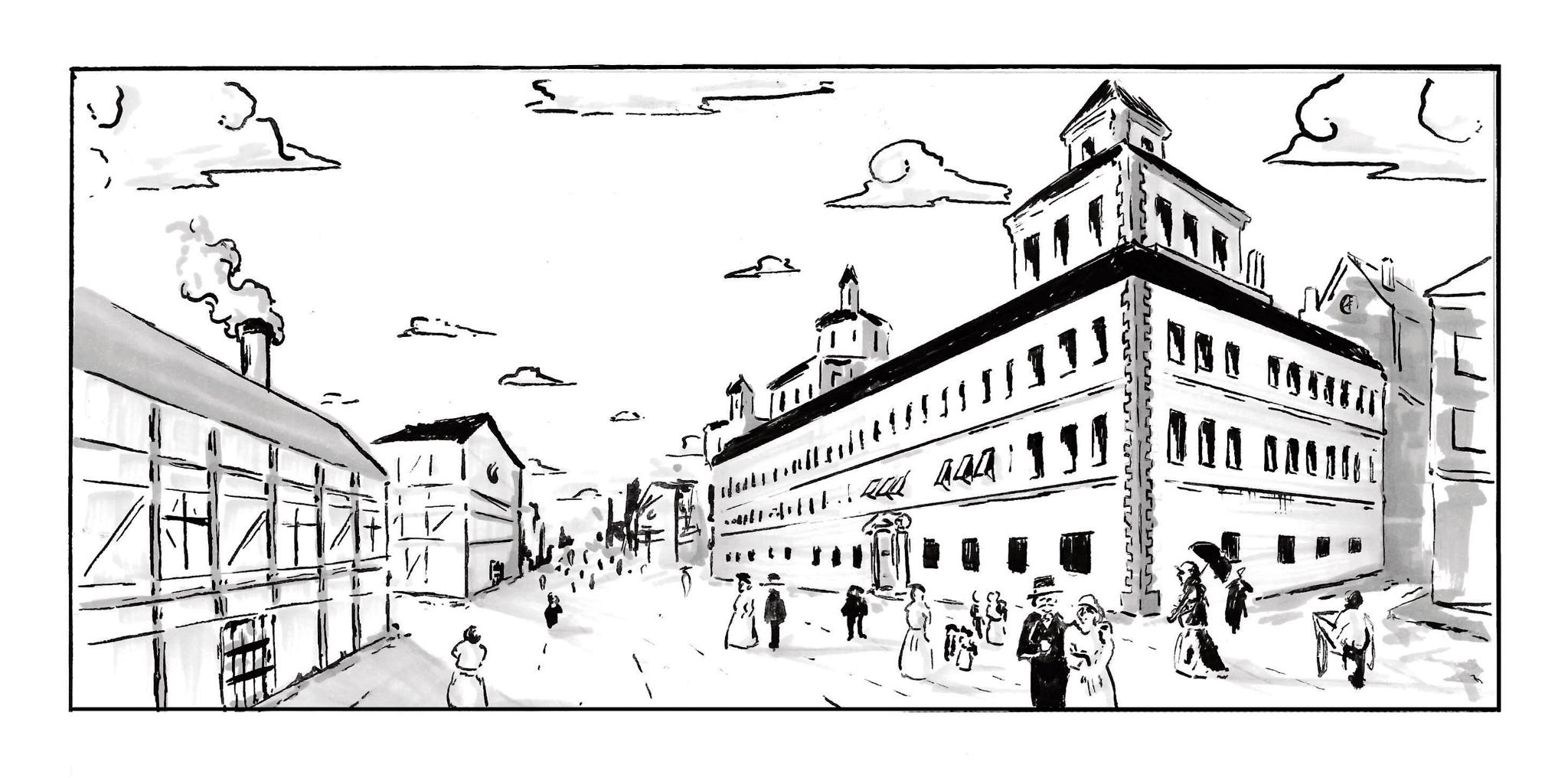
En cuanto a la ejecución, Fabricio confiesa que las expresiones faciales fueron su mayor reto. “Scott McCloud me dio una mano gigante para entender expresiones y que el personaje transmita a través de la cara”, explica. Esta atención a los detalles emocionales subraya la importancia que Fabricio otorga a la conexión emocional con sus lectores.
Por otro lado, cuando se trata de lo que más disfruta dibujar, Fabricio se ilumina al hablar de uniformes y vestuario histórico. “Uno de los motivos por los cuales también me interesó Kaspar es el setting. Esos trajes con las medias hasta las rodillas, las arrugas de los pantalones, y los saquitos con un montón de botones, que están como cortados al medio y siguen por debajo”, describe con entusiasmo.
Esta pasión por los detalles históricos y la moda de época no solo enriquece su arte, sino que también añade una capa adicional de autenticidad a sus narrativas. “Yo dibujo no solo para dar un mensaje, sino porque me gusta. Ese tipo de vestuario me gusta mucho”, concluye Fabricio.
La honestidad de Fabricio sobre sus desafíos y pasiones ofrece una visión valiosa del proceso creativo, recordándonos que incluso los artistas más talentosos enfrentan obstáculos y encuentran joy en los detalles más inesperados. ¿Listo para enfrentar tus propios desafíos artísticos? Descubre cómo superarlos aquí.
Conclusión: Lecciones de un Joven Maestro
Nuestra entrevista con Fabricio Salvatore ha sido un viaje fascinante a través del proceso creativo de un artista joven y apasionado. Desde su audaz decisión de crear una novela gráfica de 120 páginas como su primera obra, hasta sus reflexiones sobre las herramientas, técnicas y desafíos del oficio, Fabricio nos ha ofrecido una visión íntima y honesta del mundo de la creación de cómics.
Sus palabras resuenan con la sabiduría de alguien que ha aprendido valiosas lecciones a través de la experiencia directa. La importancia de la perseverancia, la disposición a experimentar con diferentes técnicas, y el valor de aprender de los maestros del medio son solo algunas de las gemas que podemos extraer de nuestra conversación con Fabricio.
Pero quizás la lección más importante que nos deja es la importancia de la pasión y la autenticidad en el arte. Ya sea luchando con las expresiones faciales o deleitándose en los detalles de un uniforme del siglo XIX, Fabricio nos recuerda que el verdadero arte nace del amor por el oficio y el deseo de contar historias que resuenen con los demás.
Para aquellos que sueñan con seguir los pasos de Fabricio y embarcarse en su propia odisea creativa, sus palabras ofrecen tanto inspiración como una dosis saludable de realismo. El camino puede ser largo y desafiante, pero también increíblemente gratificante.
Te invitamos a que explores más sobre el trabajo de Fabricio Salvatore en sus redes sociales (@fabricioposting) y, lo más importante, a que te animes a dar el primer paso en tu propio viaje artístico. Recuerda, cada gran artista comenzó con un simple boceto y un sueño.
¡Nos vemos en la próxima entrevista!

